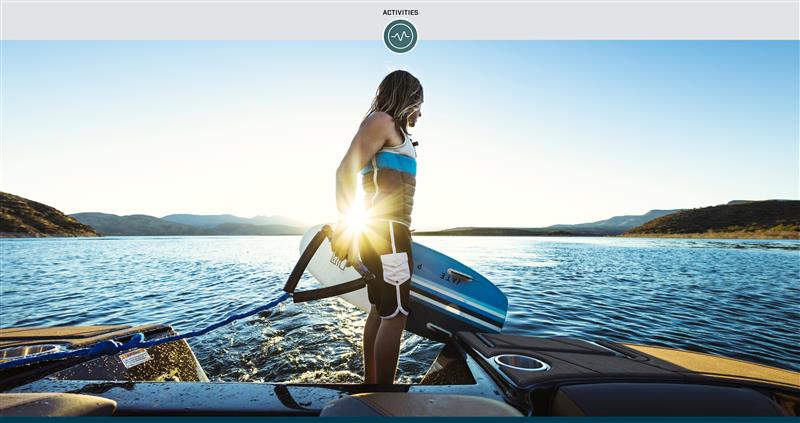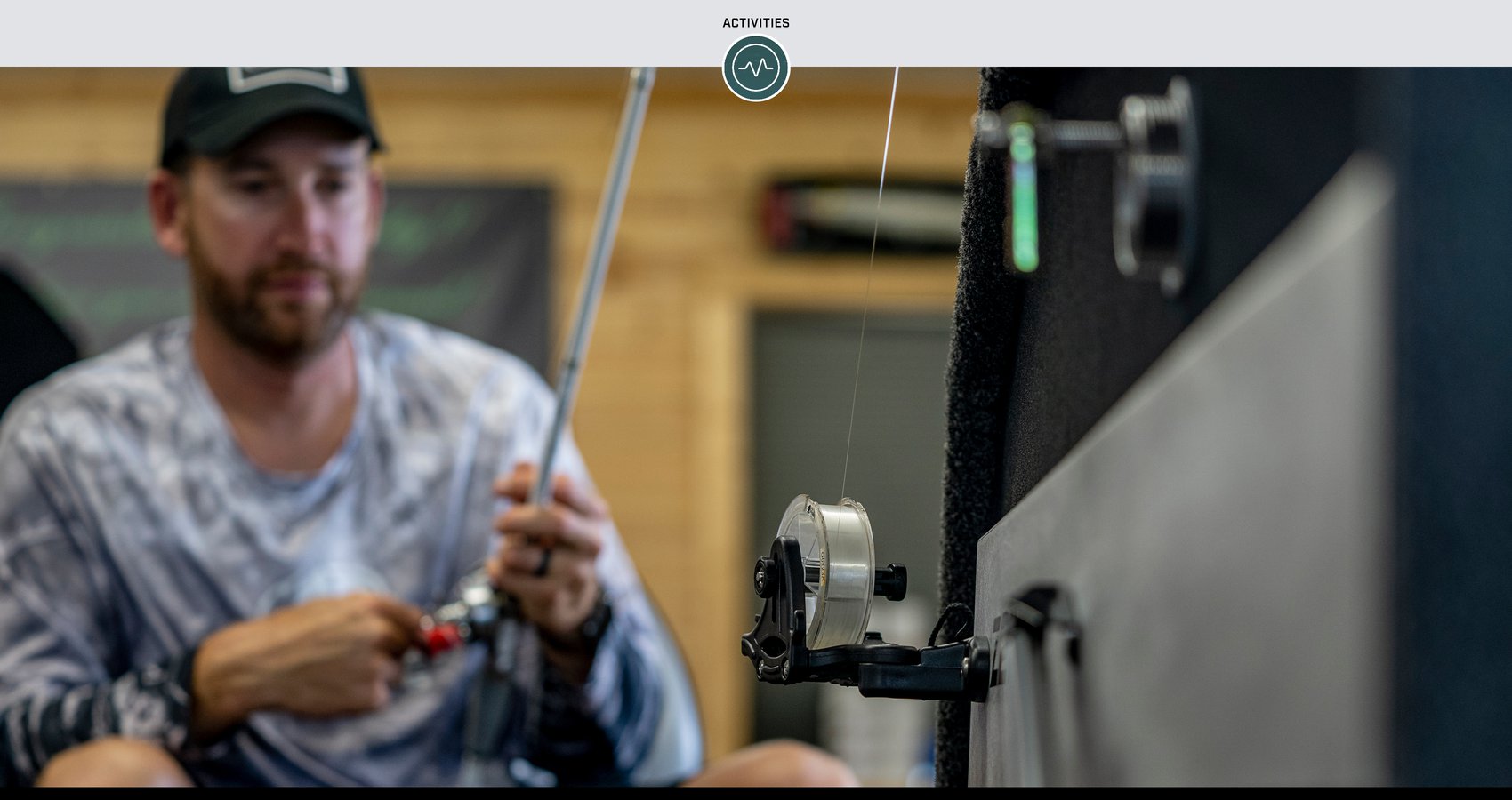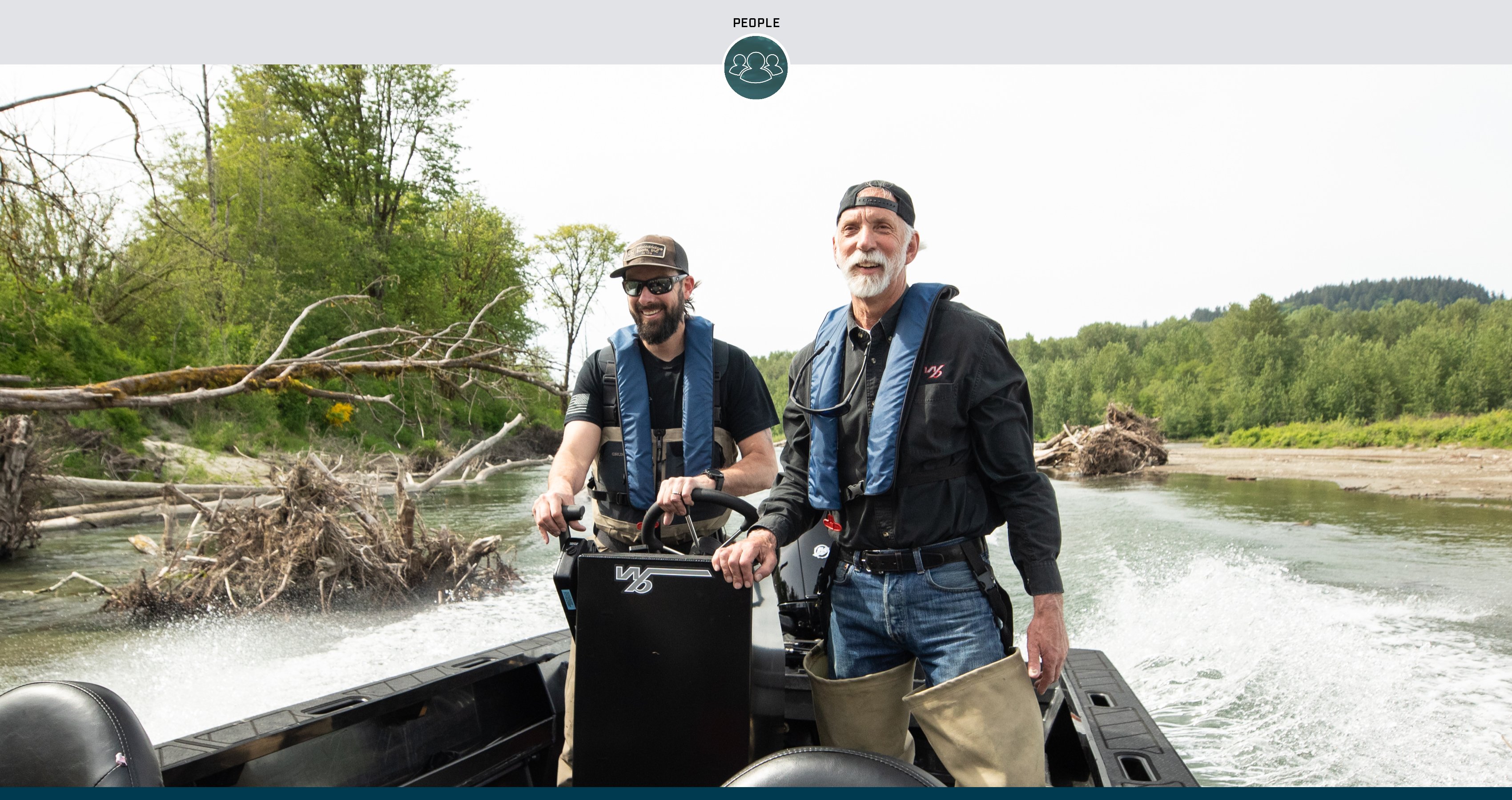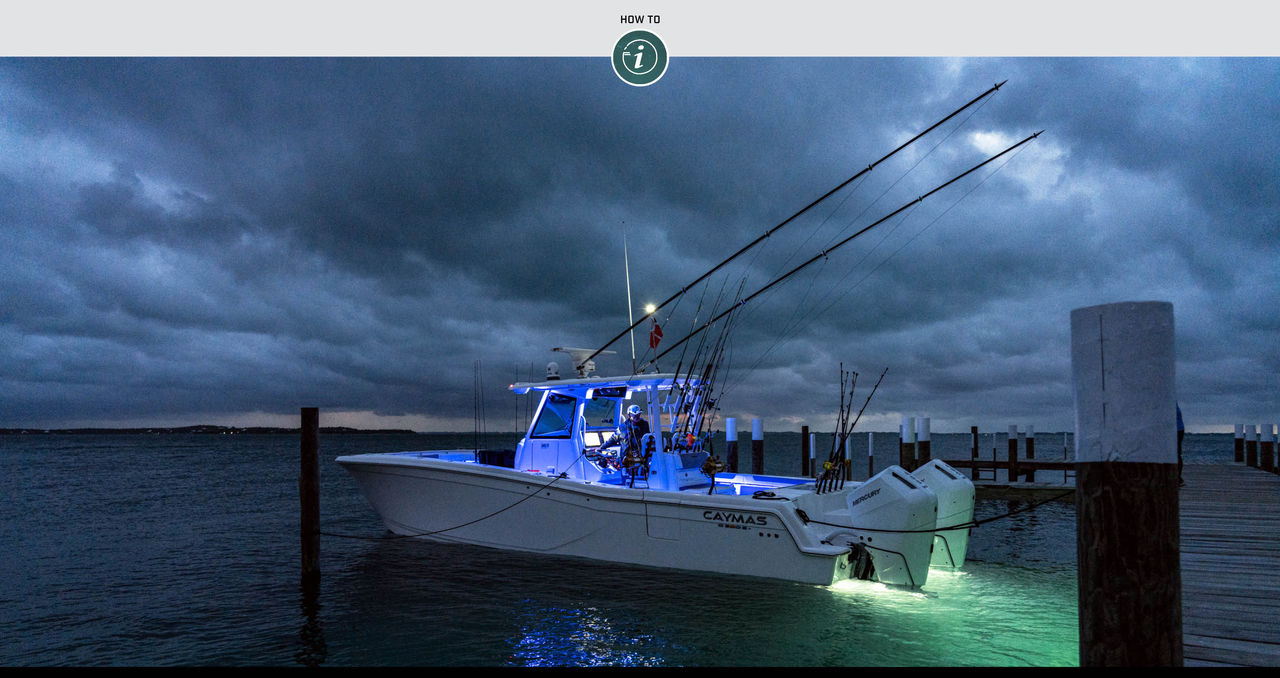Whether you’re planning a night fishing trip or want to take an evening cruise, boating after dark means taking extra precautions. Features like GPS units, chart plotters, advanced radar and thermal imaging can instill additional confidence when it comes to navigation, but it’s the extra preparation and awareness that helps to ensure a safe trip once the sun goes down.
Gain Experience with an Expert
For your first few night trips, you can hire a professional captain for expert guidance or bring along a local boater who has extensive nighttime boating experience. Experienced boaters can also give you tips on how to increase your comfort level with boating at night. For example, going out on weeknights when there is likely to be less boat traffic or boating during a full moon for better evening visibility. Take note of navigation aid locations and light patterns, course headings, landmarks and depths along your course.
Check Your Navigation Lights
Before leaving the dock, make sure all of your navigation lights are turned on and working (keep extra replacement bulbs on board). Navigation lights are important because they let other vessels know the length of your boat, purpose and direction of travel. By law, all vessels are required to show the proper navigation lights from sunset to sunrise and during periods of reduced visibility (such as fog or rain).
Preserve Your Night Vision
Protect your night vision and the vision of other boaters by dimming the lights on your console. You might also consider adding red filters on flashlights and headlamps to help your eyes stay adjusted to low light conditions. If you need to use bright flashlights or spotlights, avoid shining them into the helm or cockpit areas of other boats. If you plan on boating at night fairly often, you may want to check into purchasing a thermal night vision camera as an added safety feature.
Keep Safety Gear Nearby
Before taking the helm after dark, have a pair of binoculars nearby, check the batteries in your flashlights and headlamps, attach LED strobe lights to the personal floatation devices (PFDs) you have on board, know where your sound-producing device (bell, whistle or horn – depending on size and type of boat) is, check the expiration date on your flares, make sure your VHF marine radio works and bring along a personal locator beacon (PLB) or EPIRB.
Use Extra Eyes and Ears on Board
When running a boat at night with passengers, use another person as a second set of eyes and ears. Passengers can help keep a proper lookout for other boaters, debris, channel markers, buoys, flags or any potential dangers.
Go Slow
Go slow and maintain a safe speed. No matter what type of high-tech navigation equipment you have on board, you won’t be able to see objects as quickly and clearly at night as you would during the day. By maintaining a safe speed, you will have adequate time to react if you need to maneuver around another vessel or object in the water. In addition, it’s important to be aware that many states do not permit towing activities (such as waterskiing or wakeboarding) between sunset and sunrise. Be sure to check the specific boating laws for your state.
Keep it Quiet
Keep the sound down to a minimum when navigating at night. This means turning off the music and asking passengers to speak quietly so you can stay alert at the helm. When operating at a slow speed for safety, there will be less engine noise – making it easier for you to hear other boats that may be approaching.
Summary
Like anything else, boating at night gets easier the more you do it, especially when you follow some basic safety tips. And with increased exposure, you’ll become both comfortable and proficient at boating at night. That way, nothing will get in the way of you enjoying the utterly unique experience of boating in the dark.



